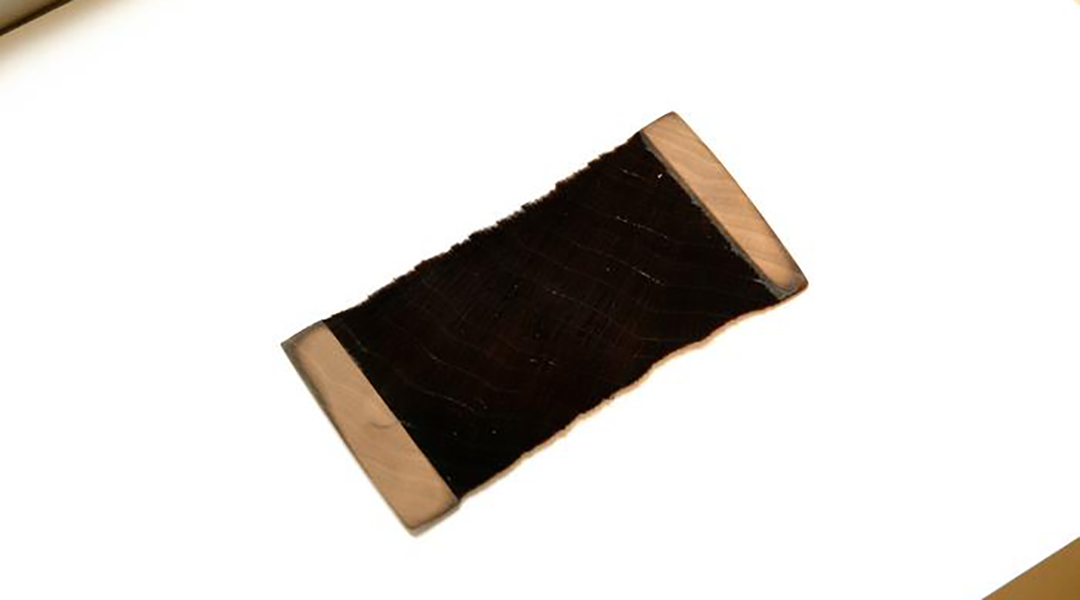While astronomers search for black holes in the darkness of space, forestry researchers have discovered a super-black material here on Earth.
These extremely dark materials are used in the space, solar energy, and jewelry industries, and the new super-black wood could provide a sustainable alternative to the usual paints or veneers used to create ultra-black surfaces.
“Ultra-black or super-black material can absorb more than 99% of the light that strikes it — significantly more than normal black paint, which absorbs about 97.5% of light,” said Philip Evans, a forestry researcher at the University of British Colombia, in a press release. He and Ph.D. student Kenneth Cheng published the discovery of the new super-black material in the journal Advanced Sustainable Systems.
An accidental discovery
The high capacity for super black materials to absorb light make them attractive for use in solar panels or astronomy where imaging devices produce clearer pictures when stray light is minimized. However, most super black materials are not sourced from sustainable materials and require processing, like lithography.
The super black wood, named Nxylon after the Greek gods for night and wood, was discovered serendipitously as the pair of researchers were using high-energy plasma in experiments to improve water repellent properties of basswood. After treating the wood with the plasma, they observed that the cut ends of the wood cells became extremely dark.
Realizing the potential for a super-black material, the team quickly pivoted and enlisted help from Texas A&M University’s astronomy and physics department.
Together the groups confirmed that less than one percent of the visible light that struck the wood was being reflected. Using electron microscopy, the team saw how the plasma changed the microstructure of the material, creating a surface covered with deep pits, columns, and tangled fibrils, which are long, nanometer-thin, string-like structures.
This uneven surface enhances the darkness of the wood by trapping light and preventing reflection, resembling other super black materials made using carbon nanotubes. But unlike other super-black materials, making Nxylon produces no liquid waste and after the wood is machined and sanded flat, it requires just one step: exposing the wood to high-energy plasma for 30 minutes.
Untapped potential
Production of Nxylon does require specialized equipment: a vacuum and moisture-free wood. But the team believes their method could replace rare and expensive black woods, like ebony and rosewood, in the jewelry industry. It can also be coated in alloy like gold vanadium and maintain its light trapping capabilities — the group even created a line of prototype watches.
“Nxylon’s composition combines the benefits of natural materials with advanced structural features, making it lightweight, stiff, and durable,” said Evans. And importantly the material can be sourced sustainably. “Nxylon can be made from sustainable and renewable materials widely found in [British Colombia] and North America, leading to new applications for wood.
“The wood industry in B.C. is often seen as a sunset industry focused on commodity products — our research demonstrates its untapped potential.”
Reference: Kenneth J. Cheng, et al. Super-Black Material Created by Plasma Etching Wood, Advanced Sustainable Systems (2024). DOI: 10.1002/adsu.202400184
Feature image credit: UBC Forestry/Ally Penders














